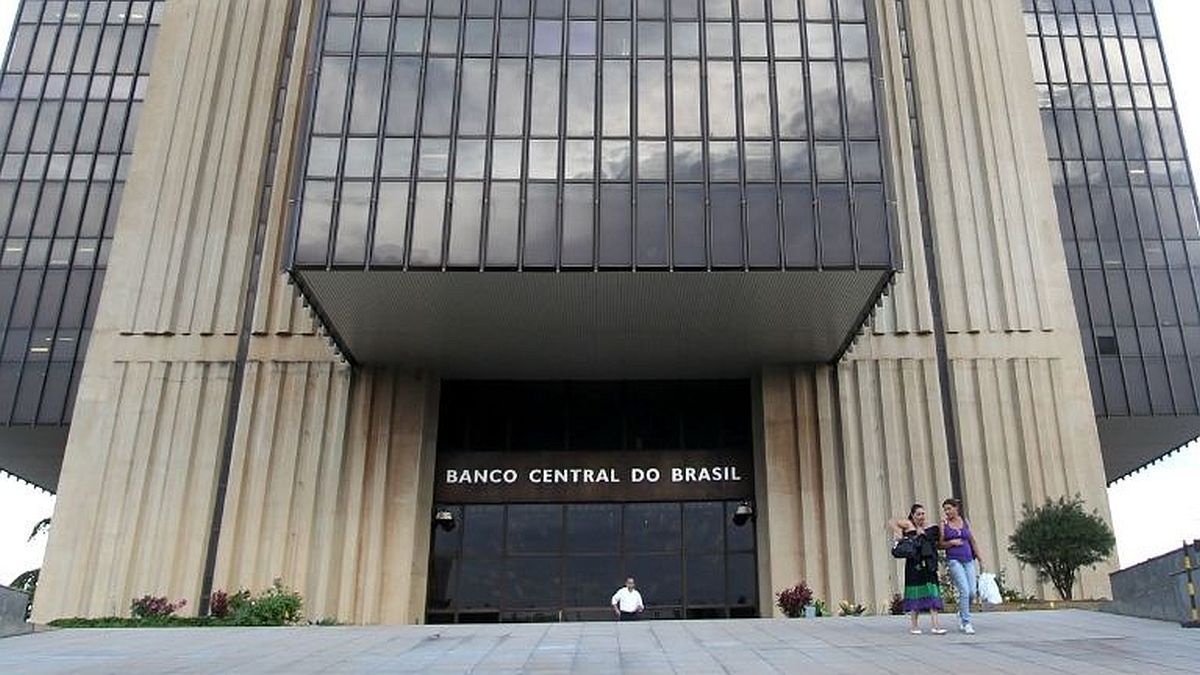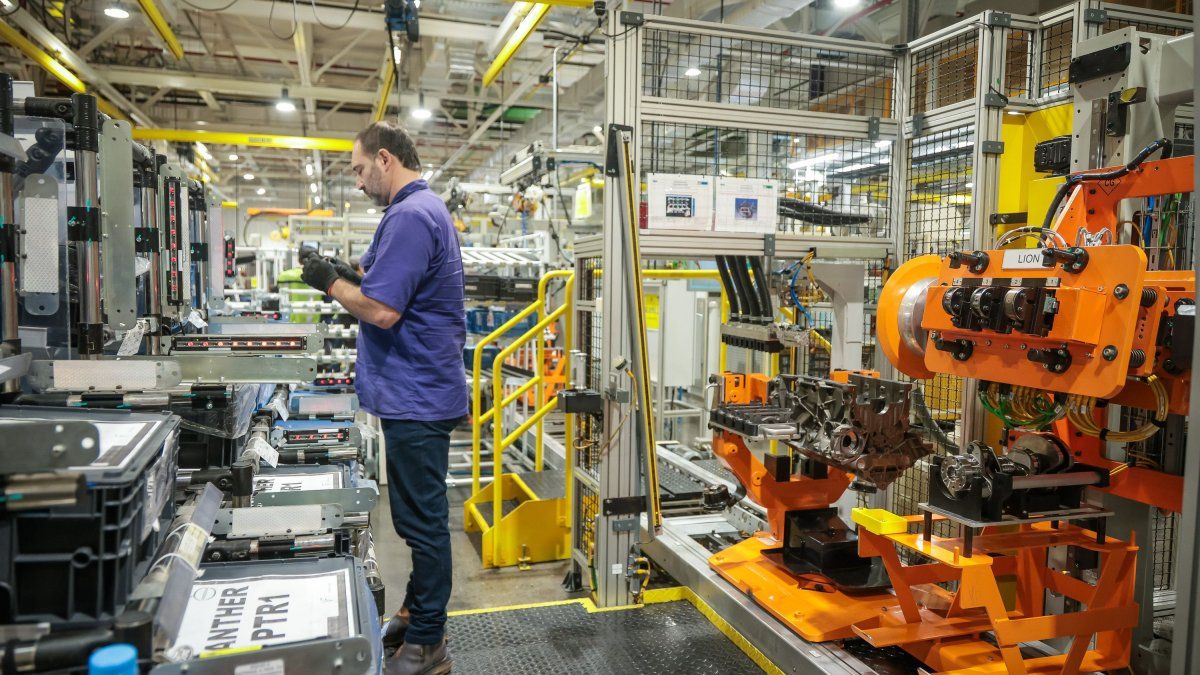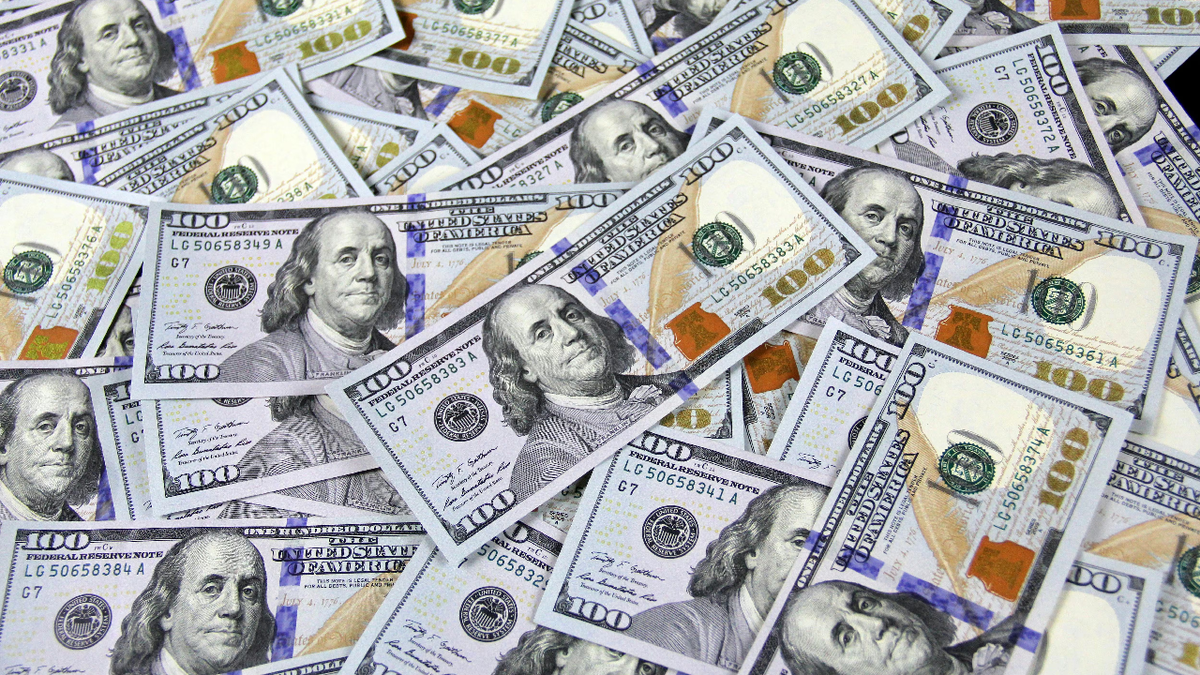The decision, anticipated at the December meeting in response to price increases that reached 10.06% in 2021, is expected as the conclusion of the first meeting of the year of the Monetary Policy Committee (Copom) that begins this Tuesday.
If the average expectation of a hundred consultants and financial institutions surveyed by the BCB in the weekly Focus survey is confirmed, the increase to 10.75% will place the reference interest rate at a level not seen since the second quarter of 2017 (11 .25%).
It is also the eighth consecutive increase in the bullish cycle that the BCB authorities progressively accelerated since March 2021, when the Selic reference rate was 2%, a historical low maintained for several months to try to revive the hit economy. for the pandemic.
With the continuity of its policy, the Copom tries to align inflation with the goals of the monetary authority, despite the fact that its strategy hampers economic growth in the midst of a recession declared in the third quarter.
In 2021, retail prices had the worst spike in six years, and although the expectation is that the escalation will ease in 2022, the pressure will continue. Attentive to the course of inflation, the BCB revised its projections in December from 4.10% to 5.02%, a figure that exceeds its objectives (between 3.5% and 5%) for the second consecutive year.
In addition, it cut its GDP growth expectation from 2.1% to 1%, against an estimated 4.4% for 2021. The poor outlook, however, is higher than the meager expansion of 0.30% forecast by the market in the latest Focus survey.
In its previous meeting, the Copom considered “appropriate that the monetary adjustment cycle advances significantly in contractionary territory”, something that will be especially evident this year due to the deferred effect of the rate increase.
But the president of the BC, Roberto Campos Neto, recently said that the hike cycle “is coming to an end”, something that some economists predict will happen in May.
Jason Vieira, chief economist at Infinity Asset Management, considers two possible scenarios for this Wednesday, with rises of 1.25 pp or 1.50 pp
“The context of inflation that the Central Bank imagined has changed a lot (…). Brazil has a more modest inflation,” which stood at 0.73% in December, said Vieira, who believes that the Central Bank “will probably announce the beginning of the end of the monetary adjustment process”.
At the end of the cycle of increases, the market expects a Selic of up to 12%, according to the median projections of economic institutions consulted by the newspaper Valor.
This year, in which President Jair Bolsonaro will seek re-election in October, analysts anticipate uncertainty inherent to the electoral process, in addition to the fiscal risk due to the increase in public spending, which has not dissipated.
The economic context of deteriorated indicators, such as that of industrial activity, includes a labor market in slow recovery with high informality and lower wages, in addition to a new onslaught of covid-19 with new records of infections in January.
Source: Ambito
David William is a talented author who has made a name for himself in the world of writing. He is a professional author who writes on a wide range of topics, from general interest to opinion news. David is currently working as a writer at 24 hours worlds where he brings his unique perspective and in-depth research to his articles, making them both informative and engaging.




